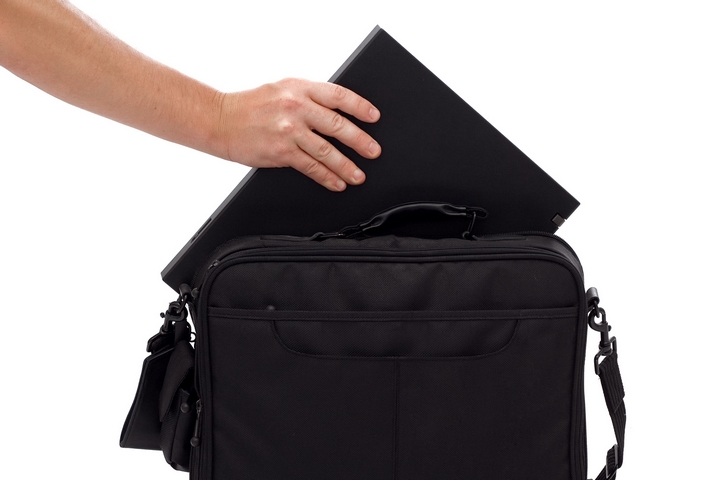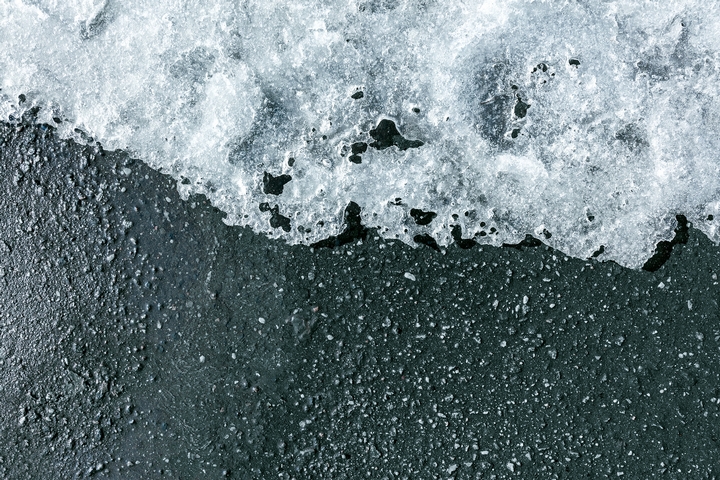
Winter’s beauty is the fall of soft, fluffy, white snow. People wait year-round for this beautiful sight, making it worth the unbearable, freezing weather.
However, while snow holds aesthetic value often, it might be incredibly inconvenient for others. When you are running late to work or school, keep slipping on it, or it builds to a level where it blocks certain spaces, then you might wish that the snow would just melt away. While there is no convenient way to make fallen snow melt away at the snap of your finger, there are feasible ways to make it melt faster.
So, if you are searching for ways to make this happen, allow us to walk you through some ways in which you can make it possible. Keep reading this article for our advice on making snow melt faster and taking your troubles away!
1. Ice-melting salt
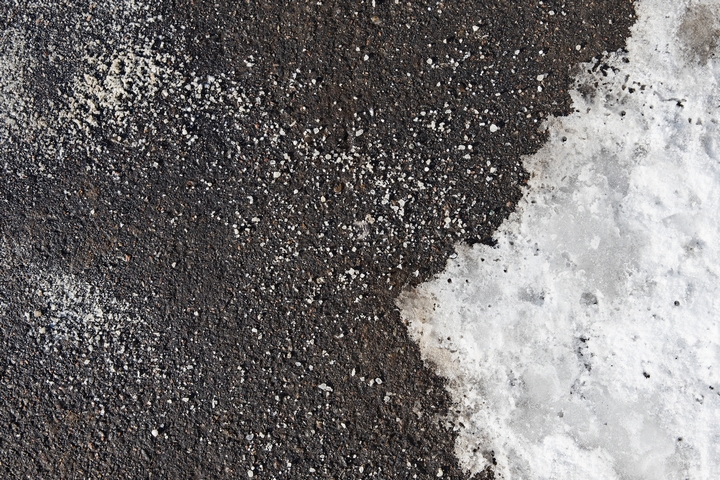
Ever thought about using salt for something other than adding flavour to your meals? Well, now you have the perfect reason to do so!
Ice melt salt, often called rock salt or road salt, is composed primarily of sodium chloride. This common de-icing agent lowers the freezing point of water, facilitating the rapid melting of snow and ice on roads, sidewalks, and driveways. As the salt spreads over icy surfaces, it dissolves in the thin layer of melted water created by its heat-producing reaction.
This saline solution effectively forms a brine that further reduces the freezing temperature, preventing the reformation of ice and encouraging the existing snow to transition into a slushy state, ultimately expediting the overall melting process.
This cost-effective and widely available solution not only provides a practical means of ensuring safer pathways but also showcases how, sometimes, the simplest solutions can be the most effective in the face of your snowy sorrows.
2. Ice-melting chemicals
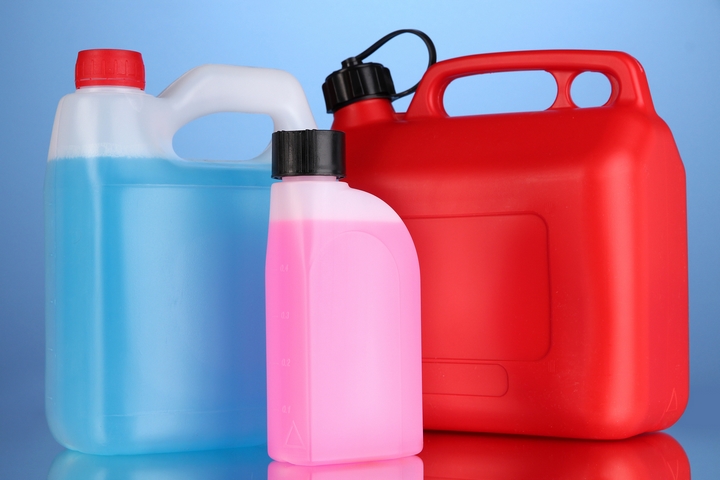
Like using salt to melt the snow, you can also use chemicals. If you are looking for a straightforward and effective method to hasten snow melting, ice-melting chemicals are a reliable solution. These chemicals, commonly found in products like rock salt or dedicated ice melters, alter the freezing point of water.
Essentially, they create an environment where the snow can transform into water even in sub-zero temperatures. When you spread these chemicals over snow-covered surfaces, they initiate a process akin to an “anti-freeze” effect, facilitating snow conversion into a more manageable liquid form.
However, it is crucial to exercise caution and adhere to application guidelines. While ice-melting chemicals are effective, using them in excess may lead to environmental concerns and could potentially damage vegetation or corrode surfaces.
Following recommended dosages and spreading the chemicals evenly can strike a balance between efficiently melting snow and maintaining the integrity of your surroundings.
3. Shoveling the snow
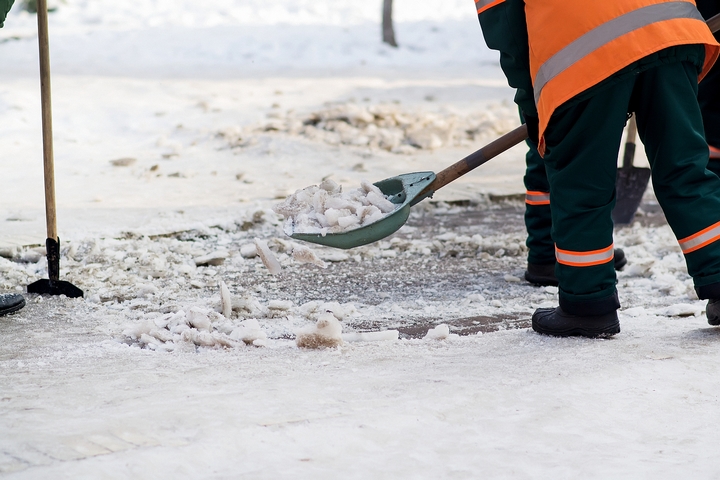
For this step, you must grab a shovel and get to work! Shoveling the snow is a practical and accessible method for accelerating the snowmelt process. When you take a sturdy shovel to clear away accumulated snow from your driveway, sidewalk, or other surfaces, you create a pathway for the sun’s rays to reach the ground. This direct exposure to sunlight initiates a natural warming process, causing the snow to melt more rapidly than if left undisturbed.
Moreover, shovelling has an additional benefit: it unveils the underlying darker surfaces, such as asphalt or soil, which are more effective at absorbing and retaining heat. Darker colours absorb sunlight better, converting it into heat energy.
So, as you shovel away the snow, you’re revealing these darker surfaces, turning them into heat-absorbing agents. This phenomenon significantly enhances the melting rate, making snow removal more efficient and manageable.
4. Reflection
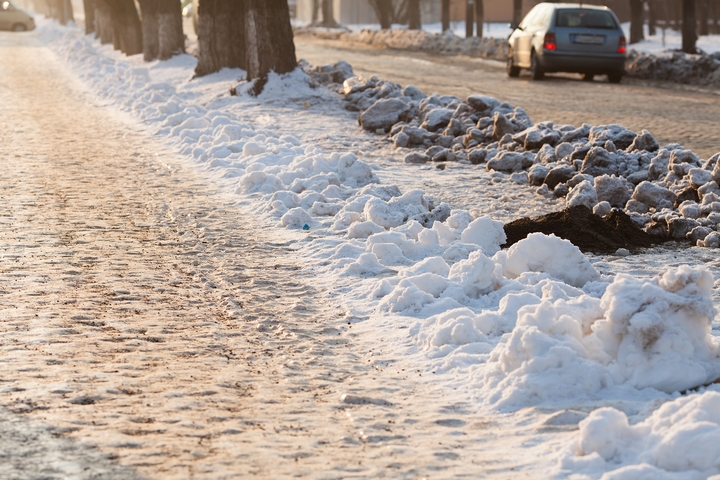
A clever way to melt the snow faster is by using the power of reflection, which works better on sunny days. You can bounce the sun’s rays onto the snow by placing reflective materials like shiny tarps or blankets.
Just like when you wear light-coloured clothes in the summer to stay cool because they reflect the sun, these reflective covers send sunlight back to the snow, making it melt faster!
5. Hot water
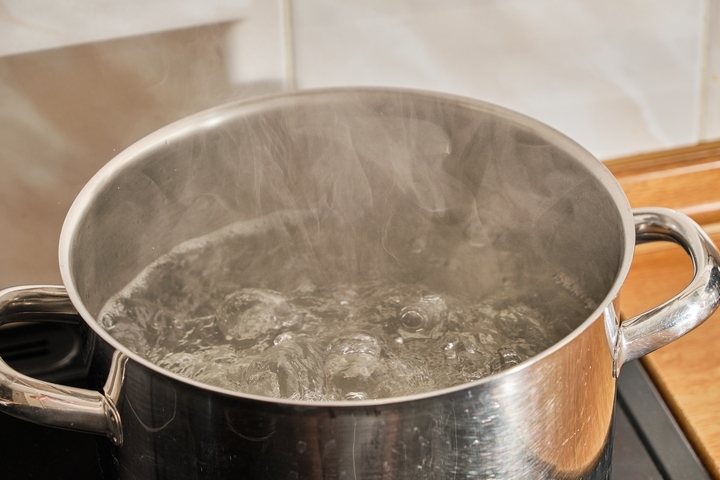
Pouring hot water is a simple and effective way to melt snow faster. Just pour a bucket or container of warm or hot water over the snowy areas. The heat from the water helps to melt the snow more quickly than waiting for the sun alone. Be careful not to use boiling water, which could create icy patches or be unsafe. This method is handy for smaller areas where you need a speedy solution!










